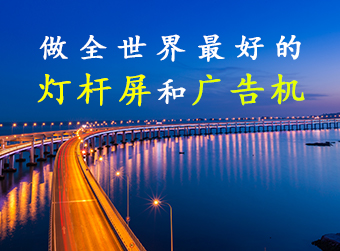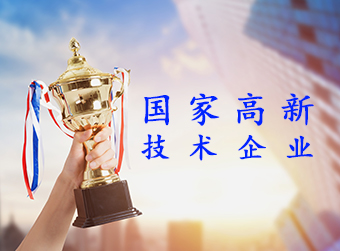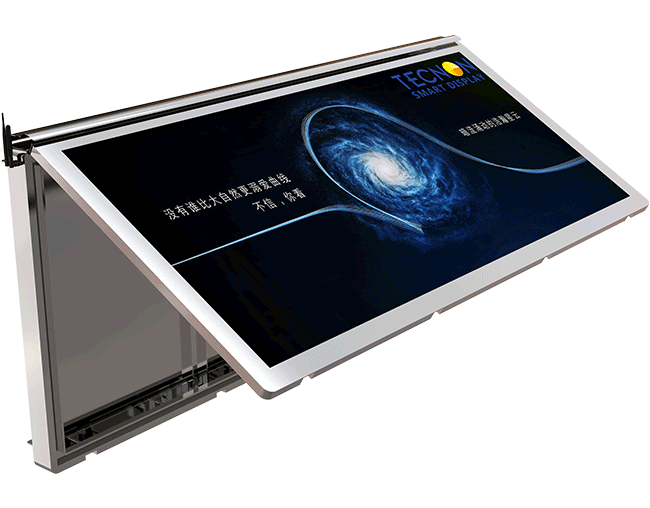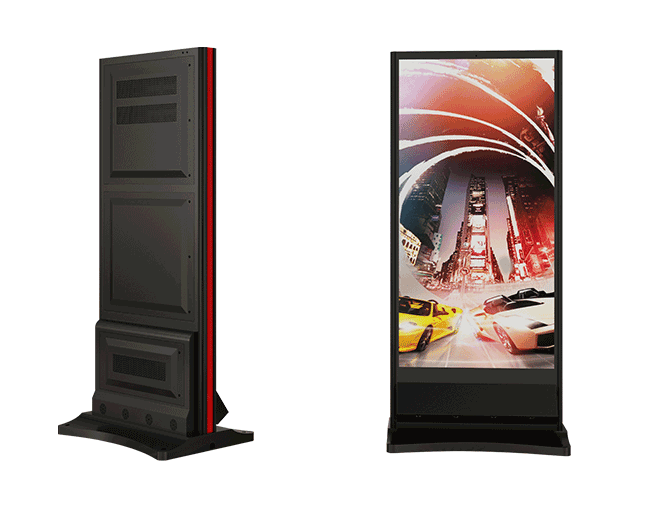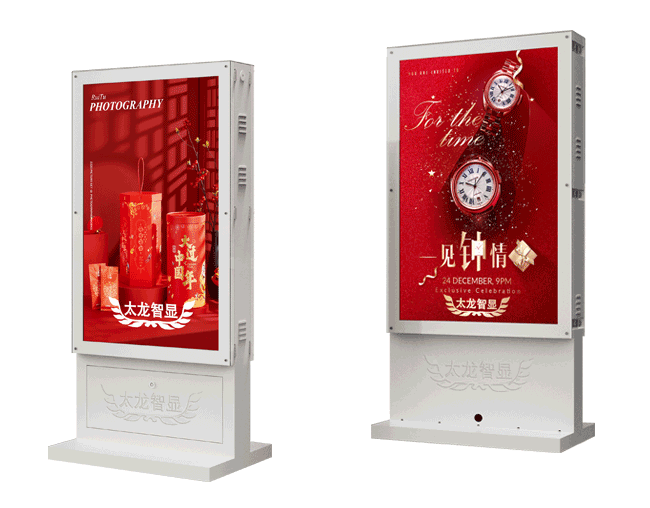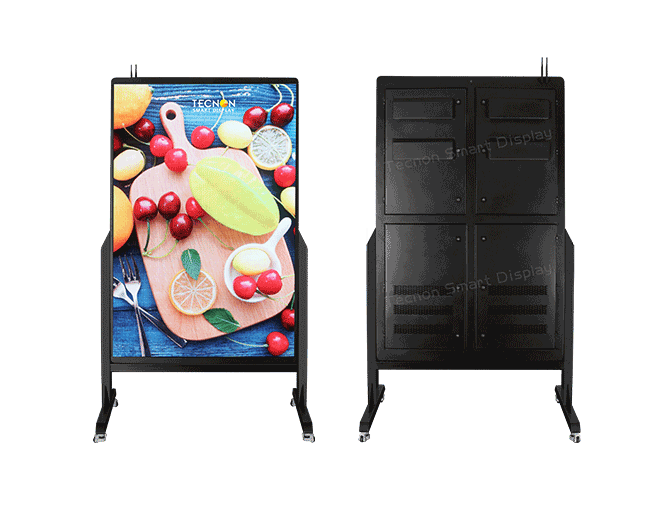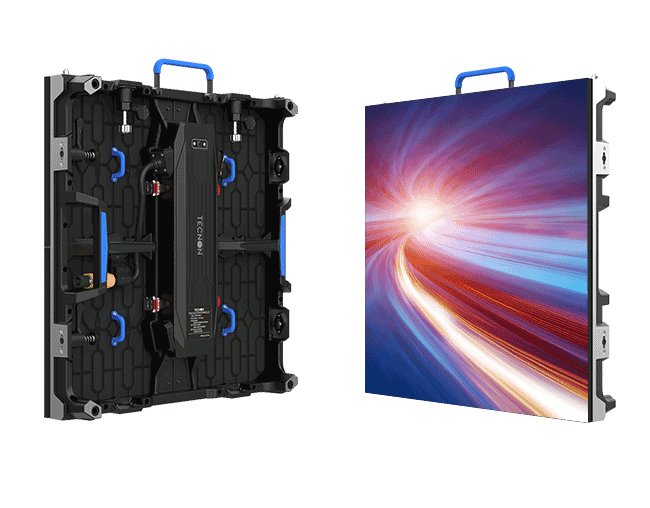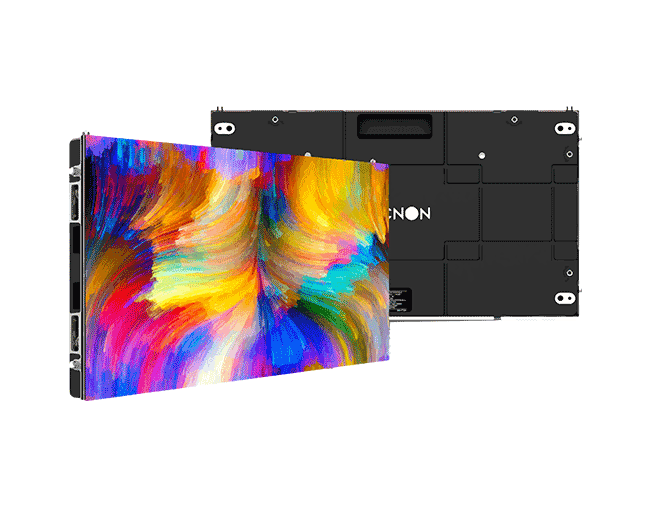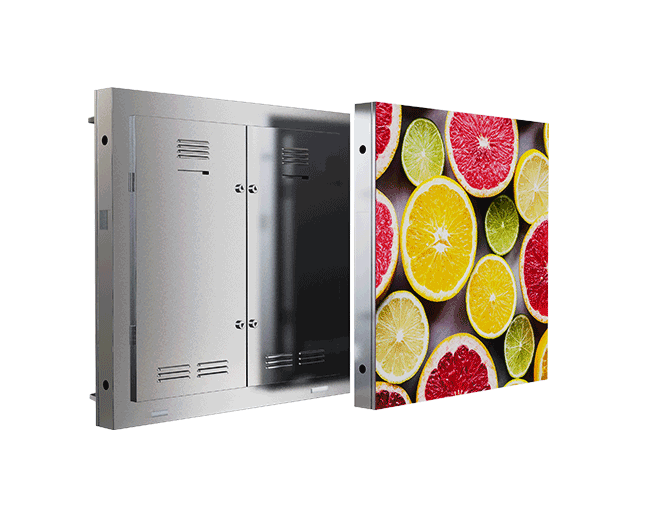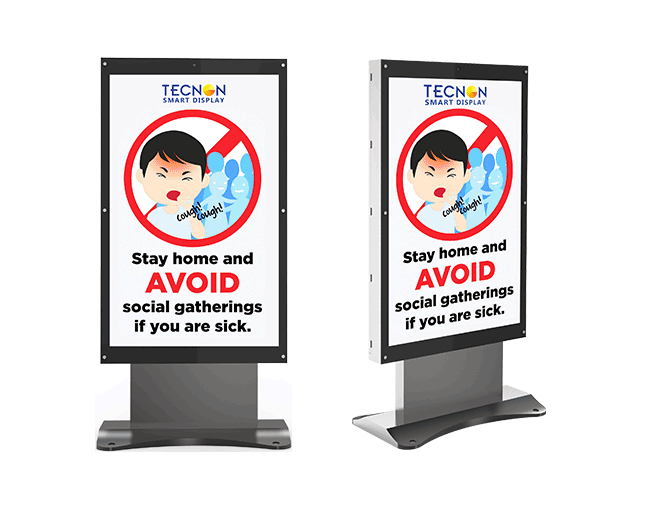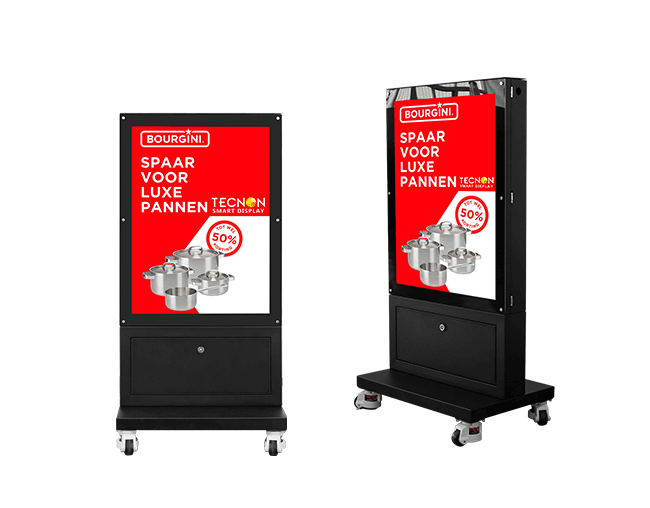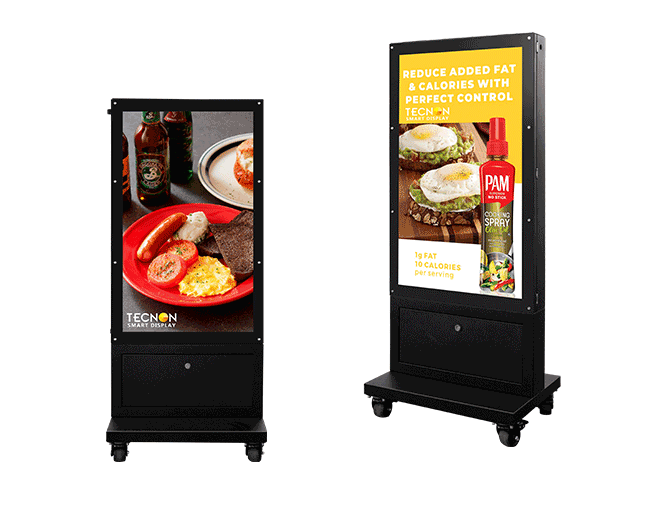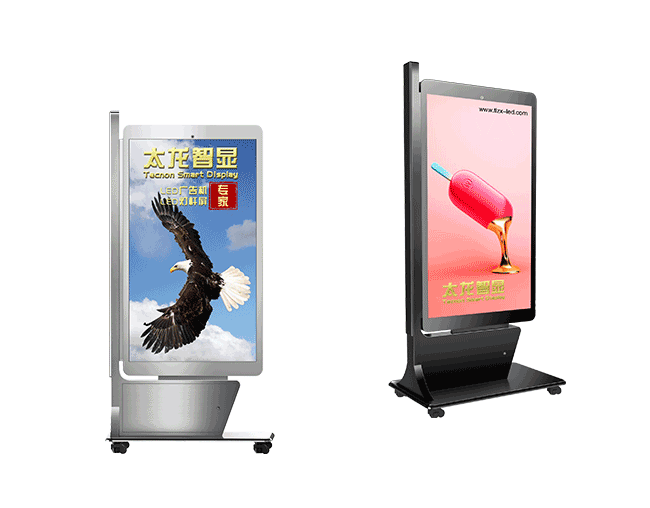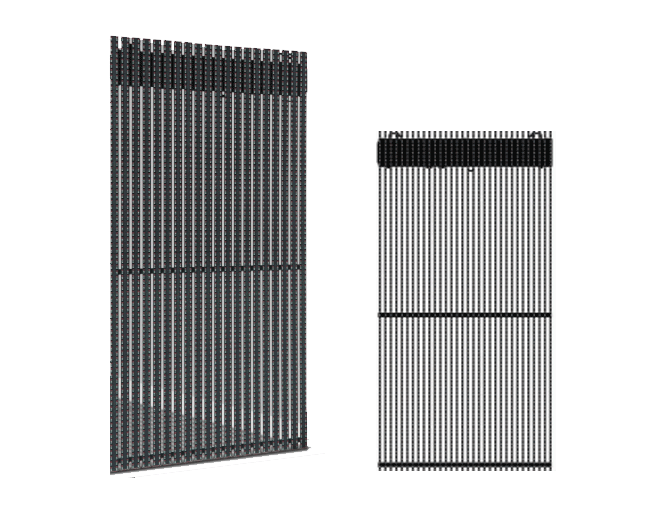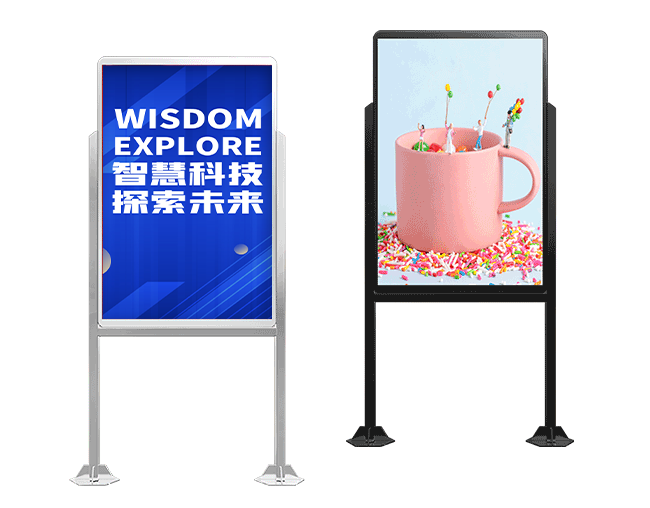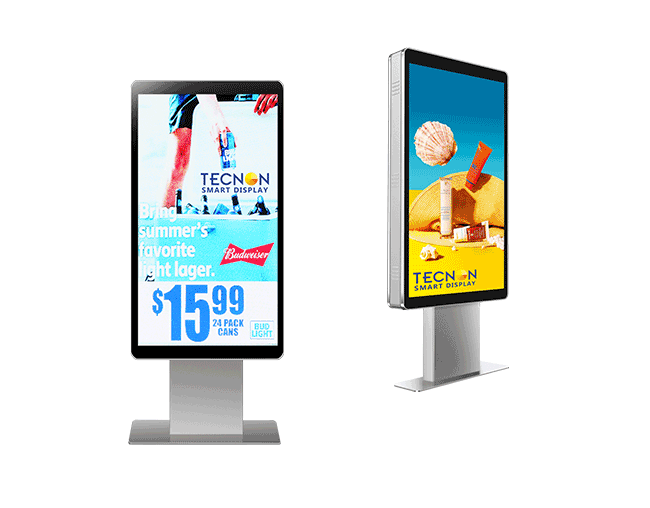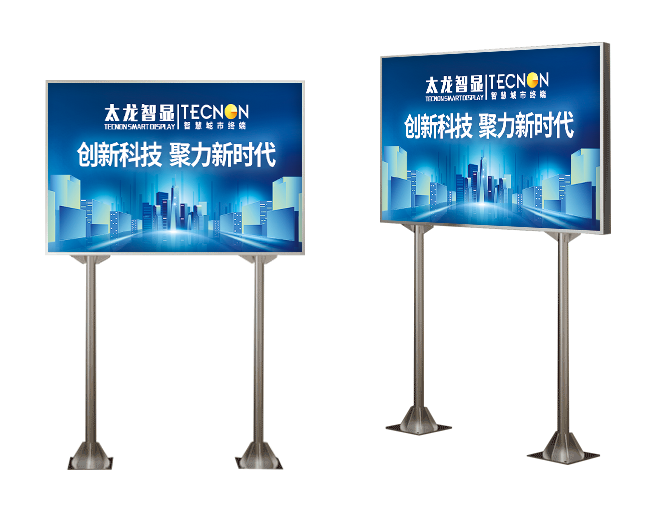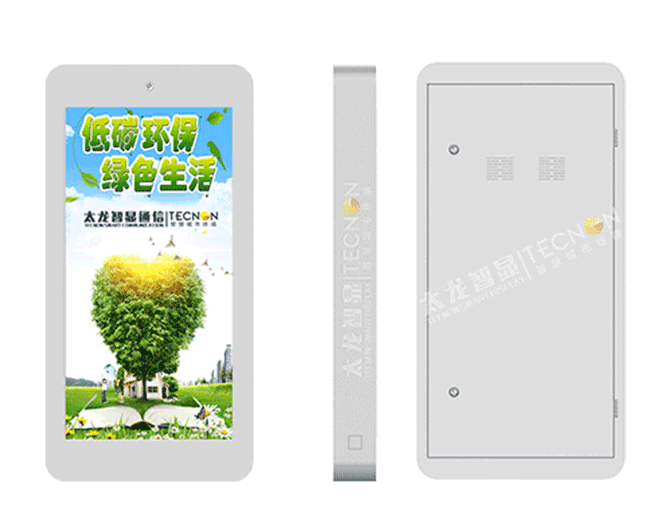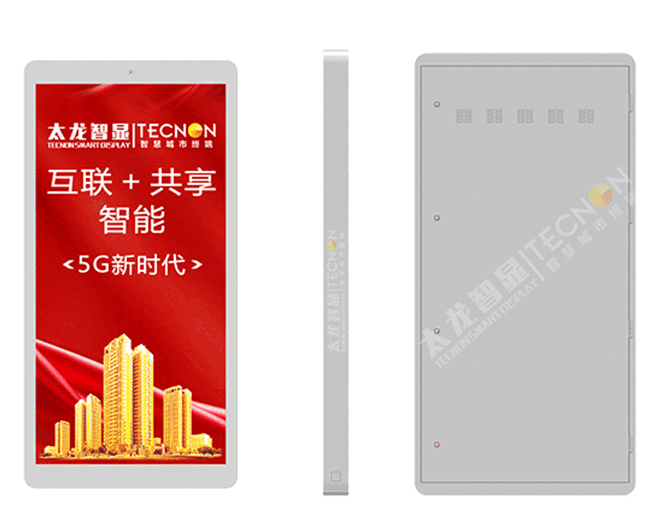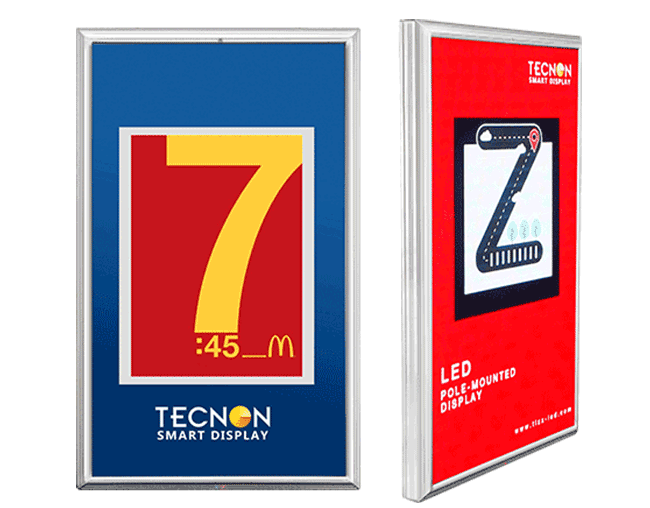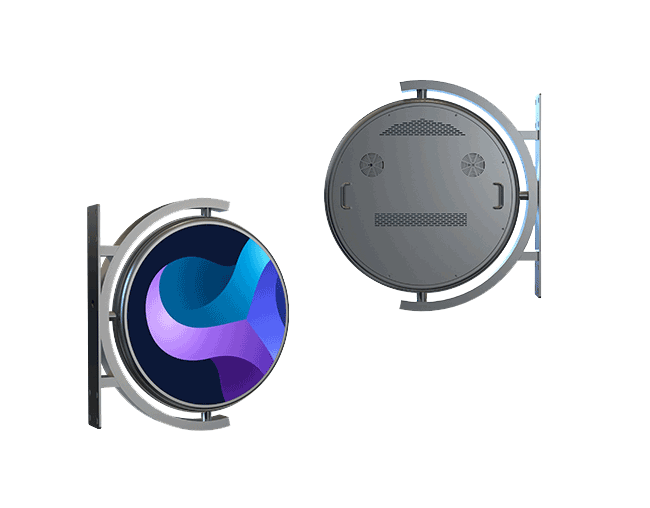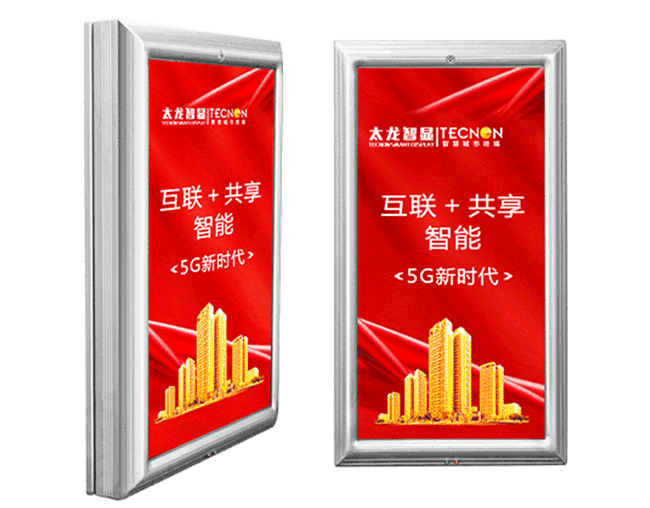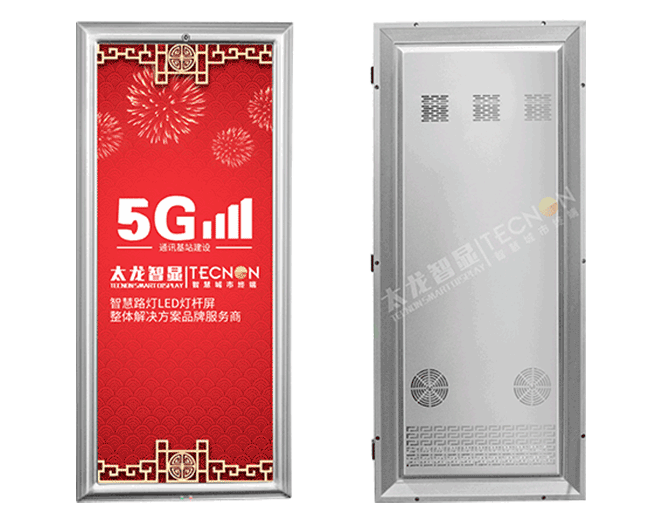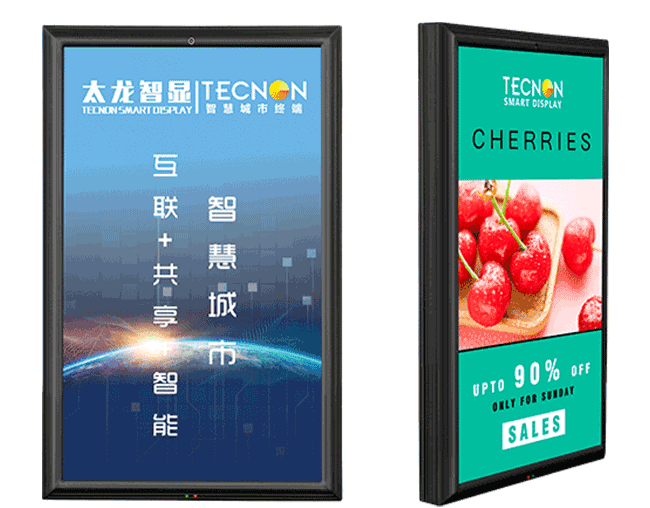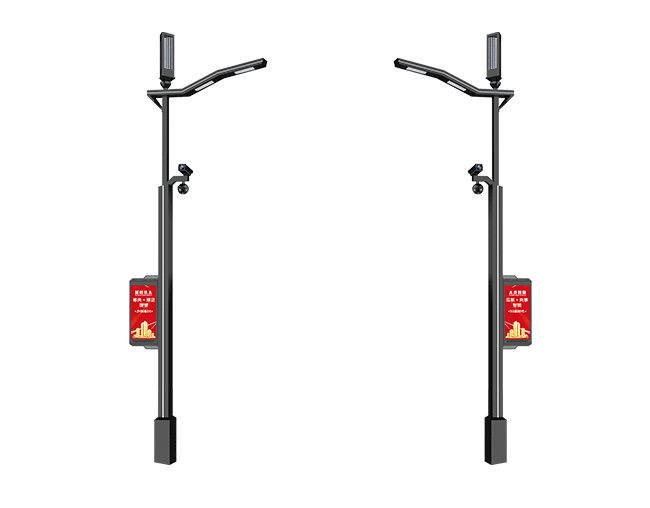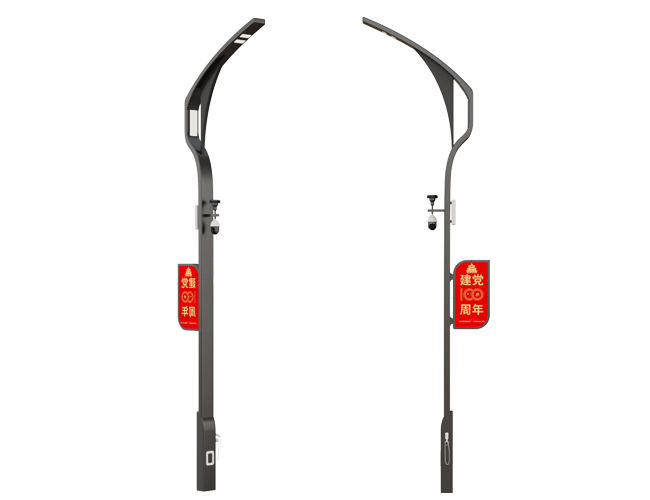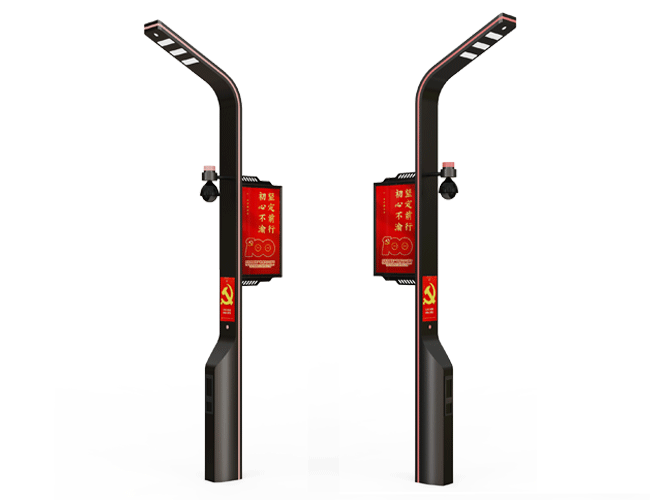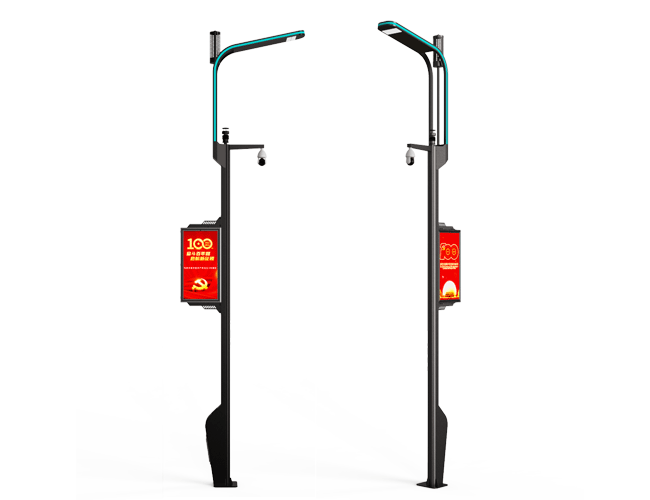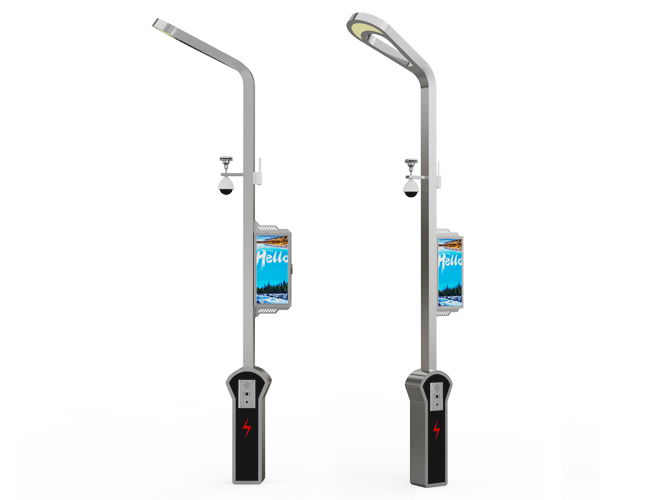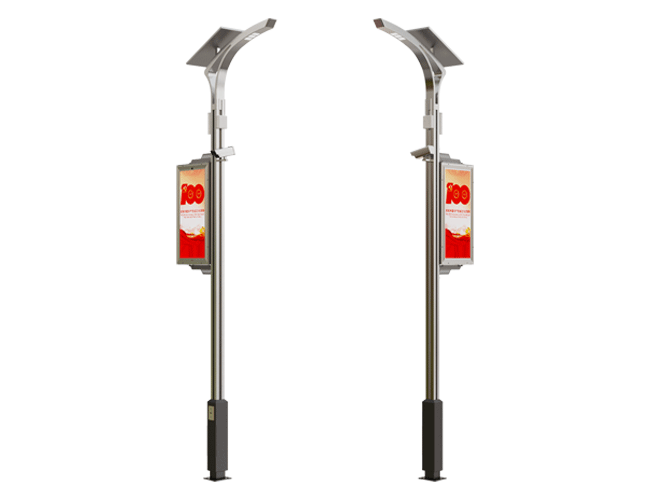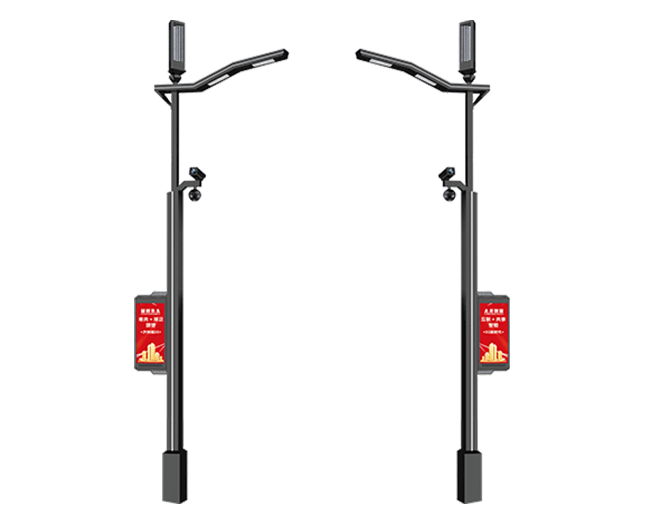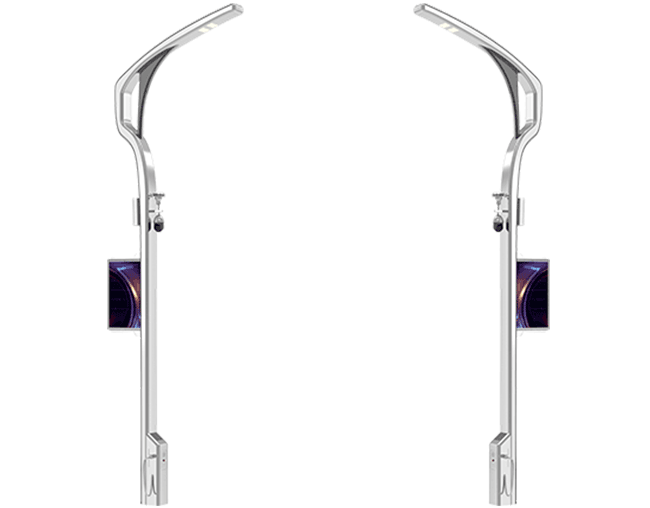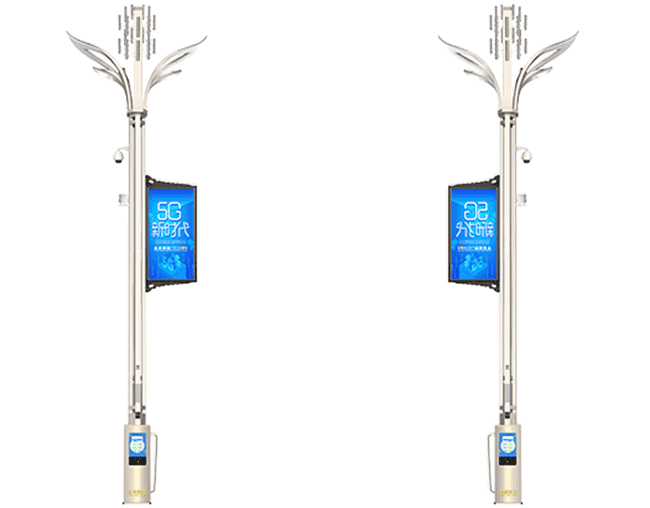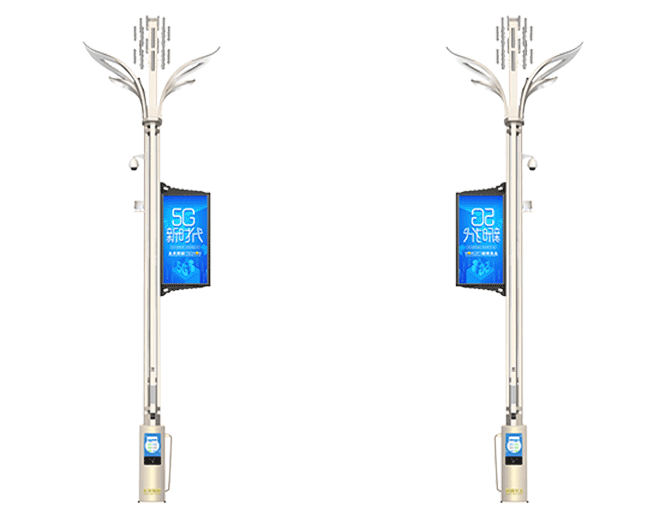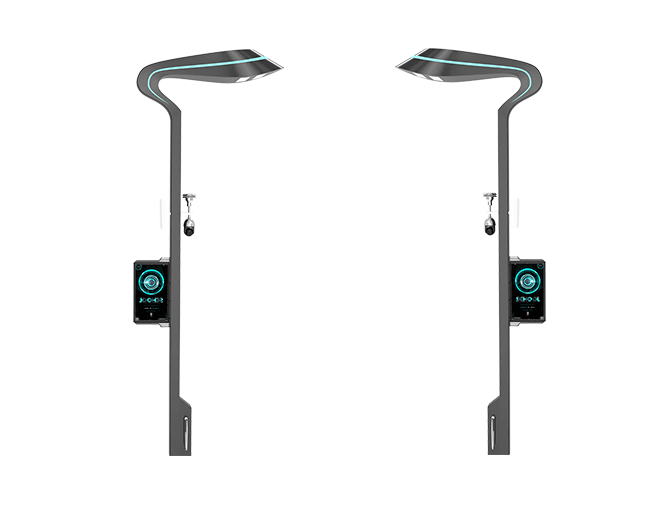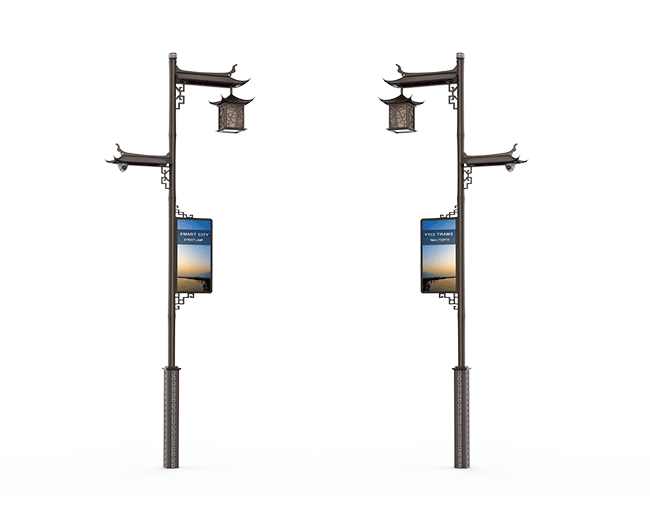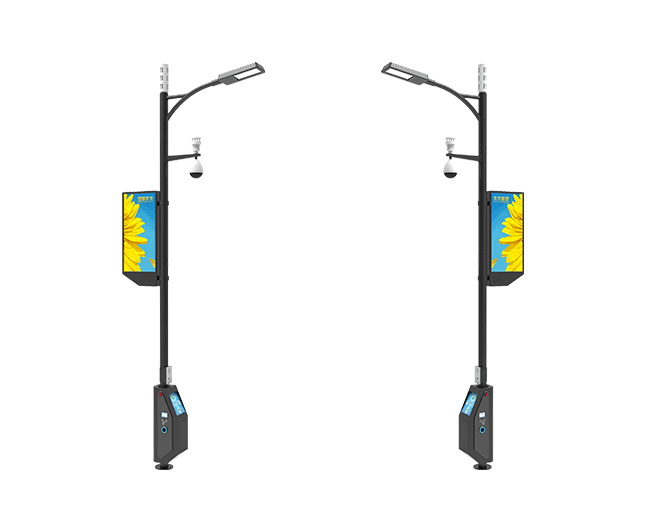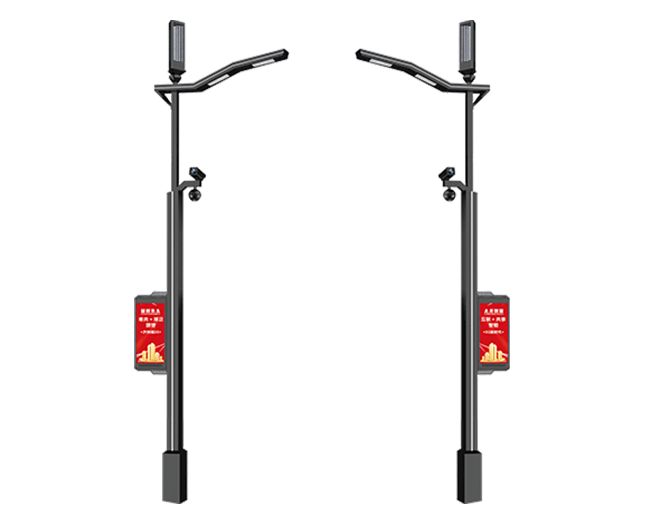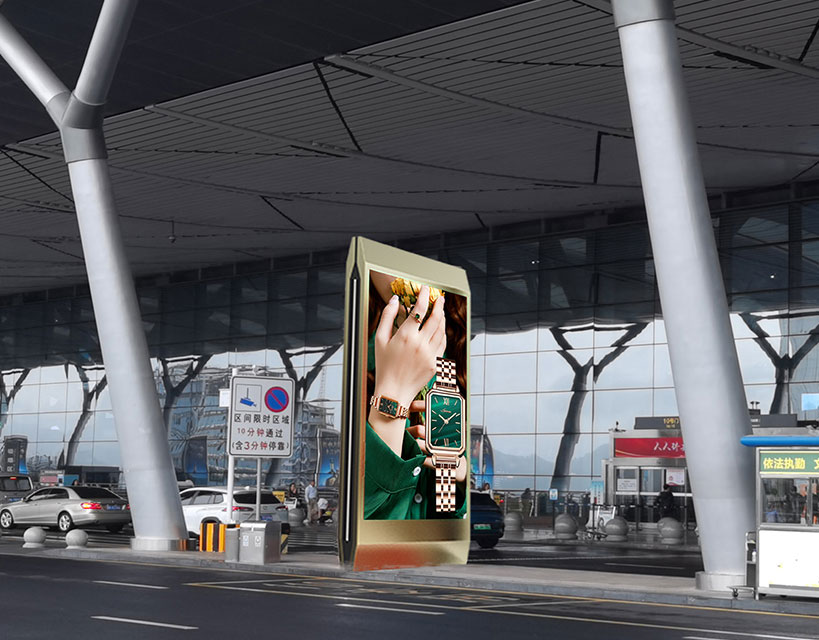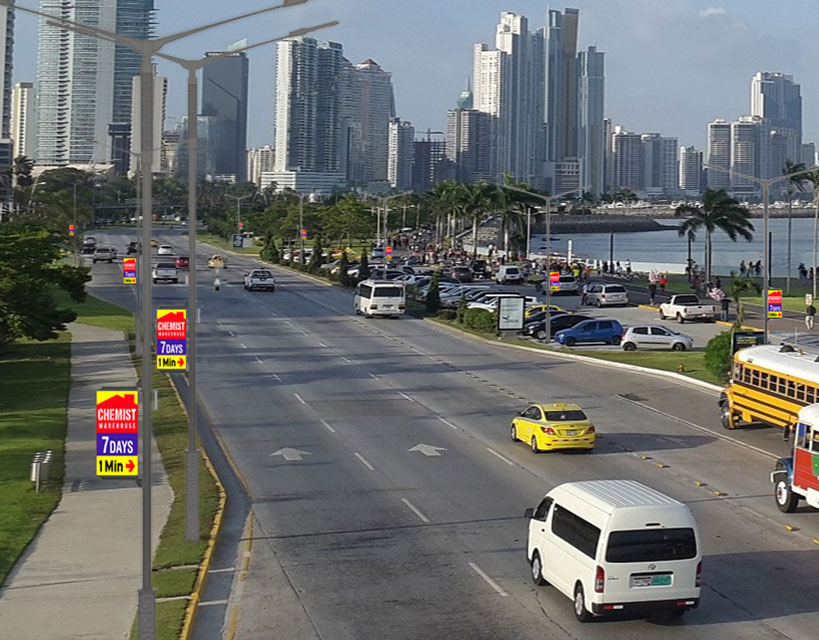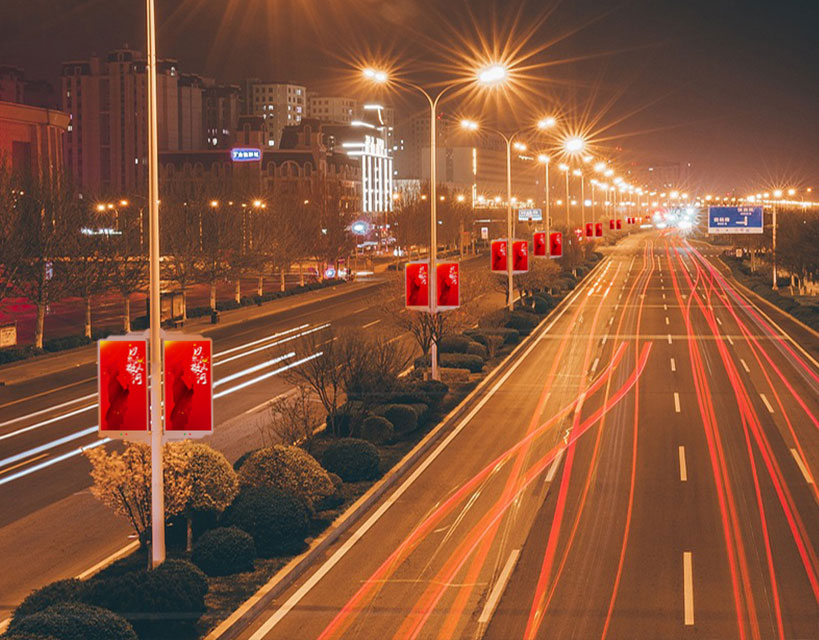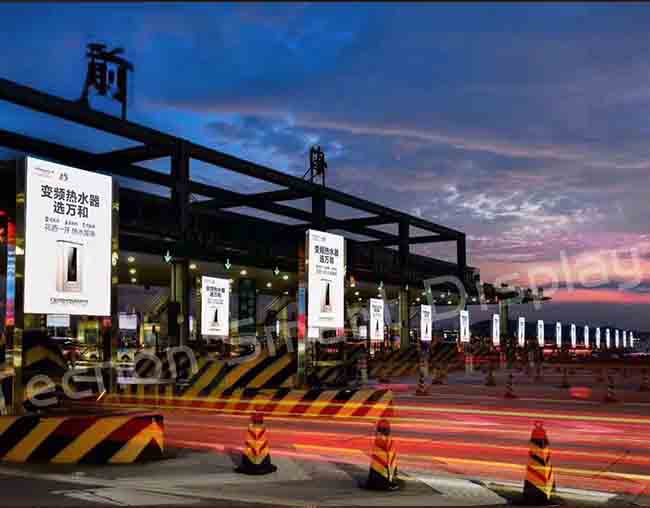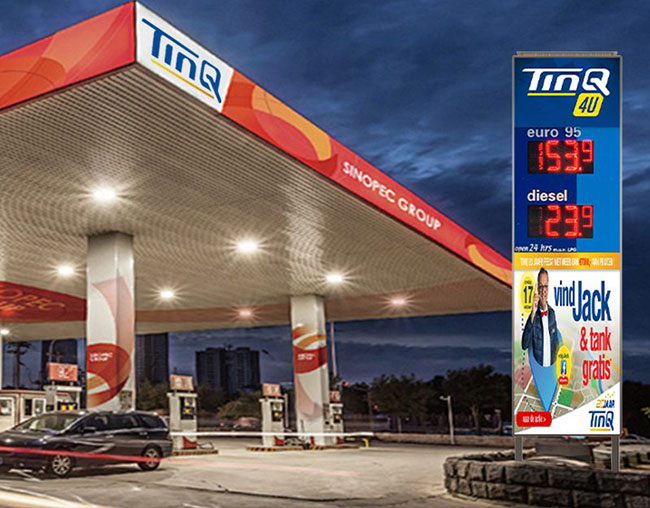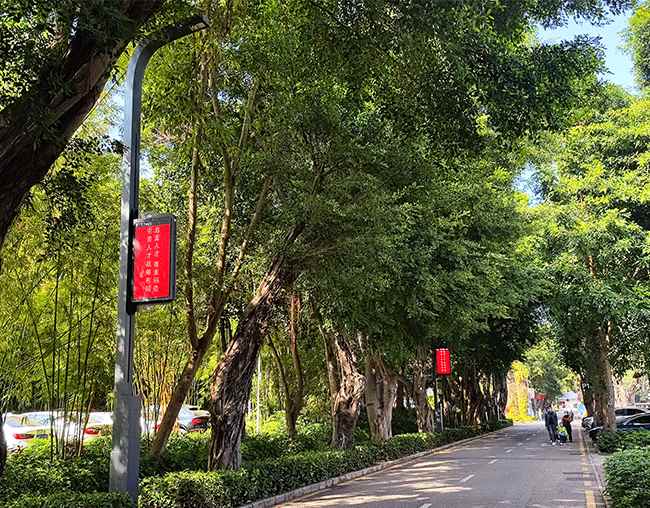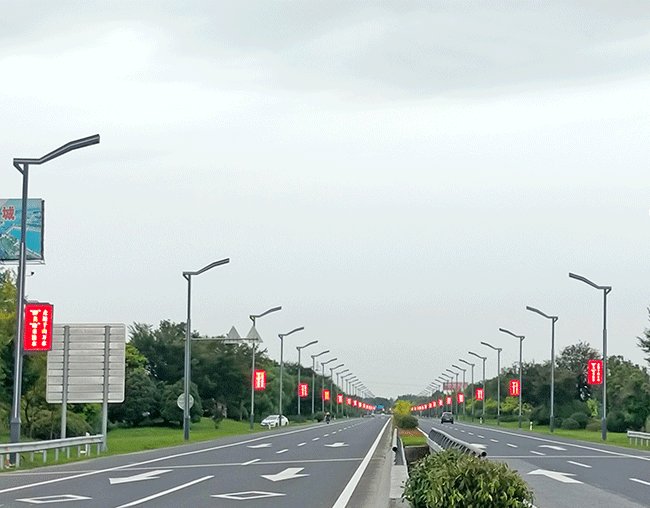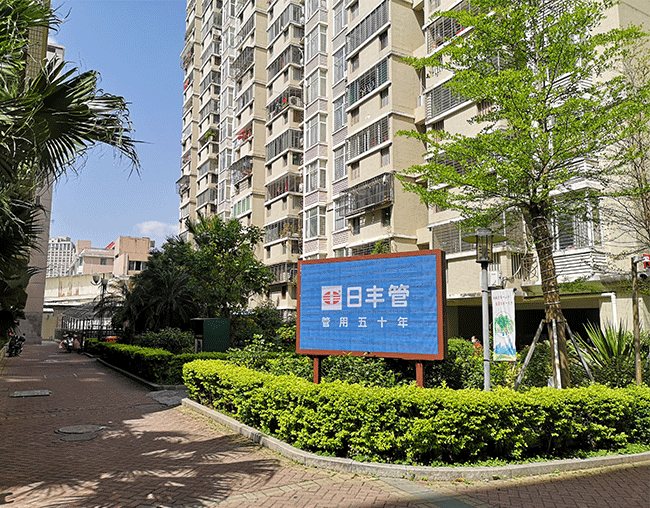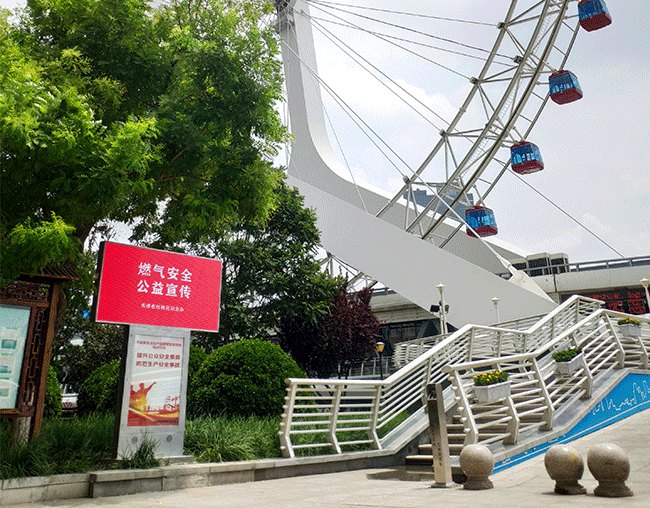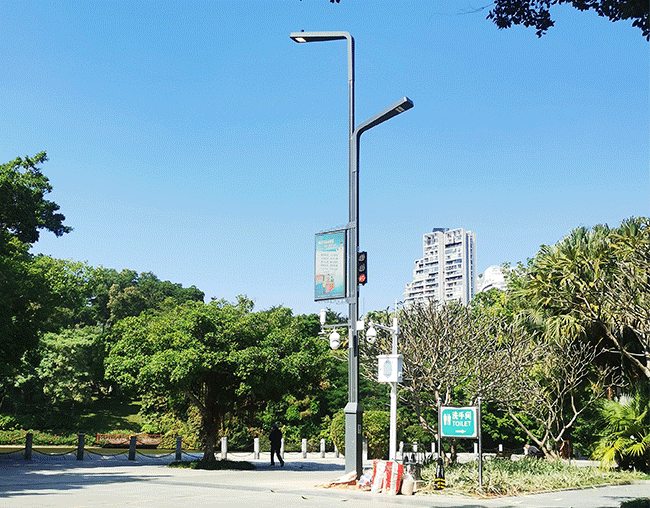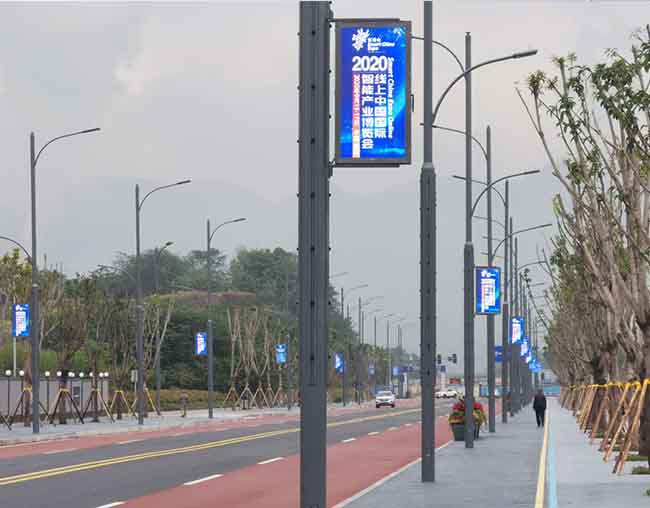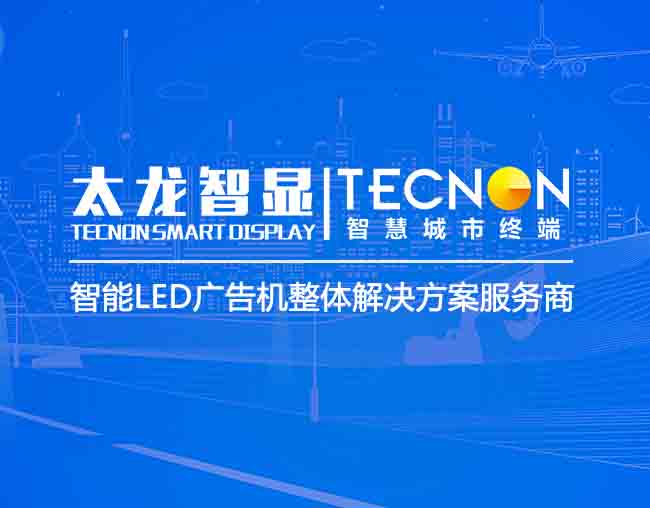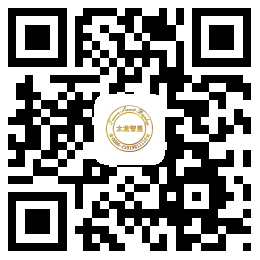From "Local Specialty" to "International Commodity": China's Smart Lamp Pole Screens' Path to Globalization
The internationalization journey of China's LED display industry began in the late 20th century. Initially, the industry provided basic display modules to overseas brands through an OEM model, gradually accumulating technical and market experience. In the 21st century, with the formation of industrial clusters in cities like Shenzhen and Xiamen, Chinese companies began to enter the international market with their own brands. During the 2010 Shanghai World Expo, a Chinese display company's 1,600-square-meter "Moon Boat" LED screen for the Saudi Arabian Pavilion captivated the world, marking China's entry into the global forefront of display technology.
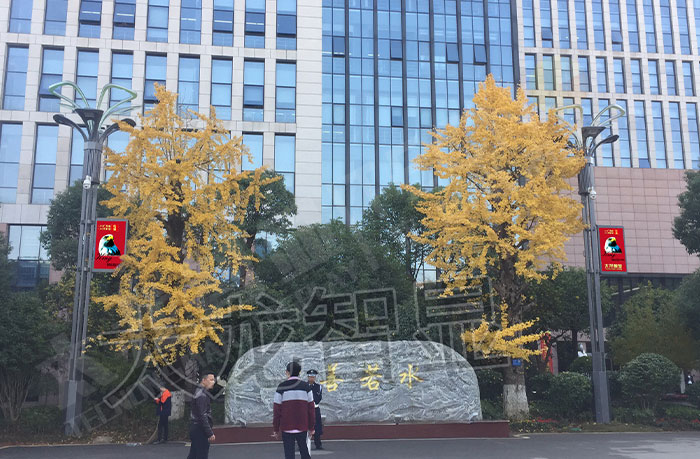
In 2024, China's LED display exports will exceed 10 billion yuan, a year-on-year increase of 24%. Emerging markets such as Southeast Asia and the Middle East will contribute over 50% of this growth. In Indonesia, the penetration rate of P1.2-P1.6 fine-pitch products in the commercial display market has exceeded 60%. The Thai government's virtual filming subsidy policy has directly stimulated a 40% surge in local demand for LED studios. These data confirm the success of China's display screens in transforming from "local specialties" to "international commodities."
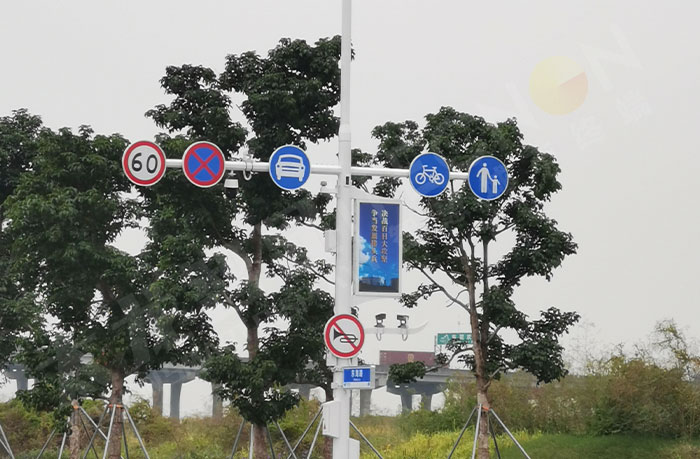
While traditional LED display screens are gaining a foothold in the international market, Chinese companies are quietly developing second-generation products. Smart lamp pole screens, through a "multi-pole-in-one" design, deeply integrate display functions with 5G base stations, environmental monitoring, smart lighting, and other modules to form a city-level intelligent terminal system. Take, for example, Qinshang Optoelectronics' die-cast aluminum smart lamp pole screen. It features an IP65 protection rating, supports a wide operating temperature range of -40°C to 75°C, and features a built-in dual-axis temperature control and heat dissipation system and intelligent light sensitivity adjustment, ensuring stable operation in extreme environments such as heavy rain and dust.
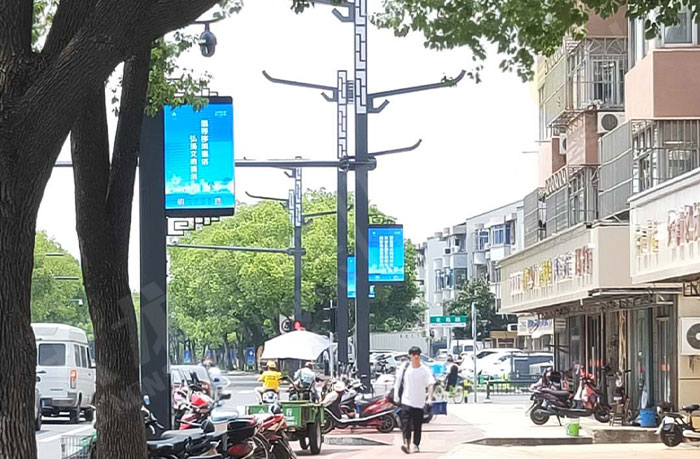
Driven by the Belt and Road Initiative, Chinese smart lamp pole screens are expanding into the international market with a combination of "technology + service." In 2024, 914 smart streetlights deployed in Addis Ababa, Ethiopia, integrated 11 functions, including LED displays, cameras, and emergency calls, becoming a benchmark project for smart city development in Africa. In the Middle East, Tecnon Smart Display provided 130 light pole screens along a 5-kilometer stretch of road surrounding the main venue of the Doha World Cup. These screens, controlled by 5G clusters, delivered real-time event information, reaching over 500,000 spectators daily.

The global smart light pole screen market is entering a period of explosive growth. QYResearch predicts that the market will expand at a compound annual growth rate of 15.2% from 2025 to 2030, exceeding US$20 billion by 2030. These are the core drivers of growth, and their advantages of hardware integration, scenario-based functionality, and intelligent operation and maintenance further demonstrate that smart light pole screens are a core component of smart city development.
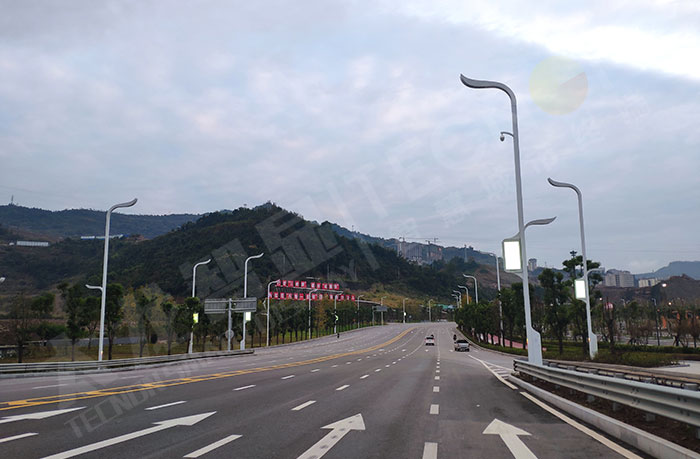
From electronics factories in the Pearl River Delta to the core stadiums of the Doha World Cup, from commercial districts in Southeast Asia to historic cities in Europe, the globalization of China's smart light pole screens is not only a demonstration of its technological prowess, but also a vivid example of China's participation in the development of global urban governance standards. When LED screens illuminate in foreign night skies, they project more than just commercial advertisements or traffic information; they also reflect the profound reflections of an ancient civilization on the future of urban form. This transition from "product export" to "value export" is writing a new chapter in the transformation and upgrading of China's manufacturing industry.





